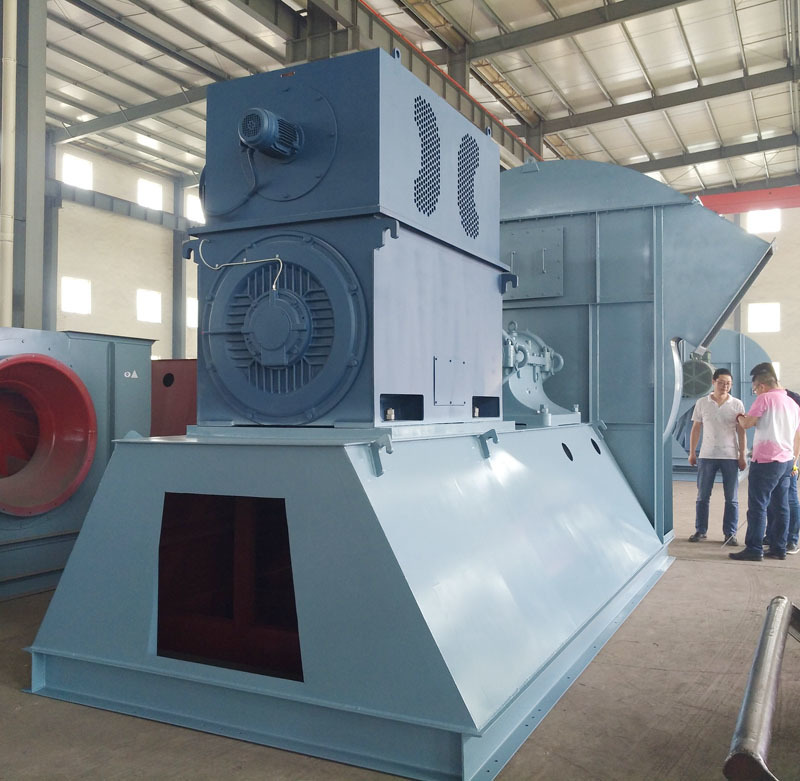What are the advantages and specific applications of incinerators?
Release time:
2022-04-15
The incinerator is an environmental protection device for burning waste gases, waste liquids, solid waste, toxic gases (such as paint fumes), toxic rocket propellants, medical waste, household waste, animal carcasses, and more. At high temperatures, it reduces or minimizes the quantity while utilizing the thermal energy of certain incineration media. It can be divided into fixed incinerators and mobile incinerators.
An incinerator is an environmental protection device for burning waste gases, waste liquids, solid waste, toxic gases (such as paint fumes), toxic rocket propellants, medical waste, household waste, animal carcasses, etc. At high temperatures, it reduces or minimizes the quantity while utilizing the thermal energy of certain combustion media. It can be divided into fixed and mobile incinerators.Incinerator.

When household waste accumulates, it inevitably produces unpleasant odors, especially in summer. The presence of these gases is extremely harmful to human health and the environment, making it necessary to take certain remedial measures. Due to its strong treatment technology and outstanding effects, waste incinerators are favored by many enterprises. So what are its advantages? Let's explore together.
1. Strong technology and low operating costs. If used in factories,Incineratorthe initial investment is low, and the operation is simple. More importantly, the equipment structure is simplified, making maintenance very convenient, which undoubtedly reduces maintenance costs for enterprises. Additionally, the materials processed by the incinerator can be directly put into production, saving enterprises a significant amount of raw material costs.
2. Certain environmental protection effects. Due to the reasonable overall system design of the waste incinerator, the multi-stage exhaust system software can reduce the NOX in wastewater during the entire ignition process. We know that NOX in wastewater has a significant negative impact on the environment, and the equipment can effectively avoid this. Especially today, when environmental awareness is being promoted, this method of treatment is highly regarded.
3. High safety factor during equipment use. In the operation of wasteIncineratorincineration, all operating system software is monitored by instruments, which can effectively prevent minor issues from escalating. In particular, the equipment is equipped with a residual combustion timing device, which can effectively ensure that there are no residual explosive gases in the furnace. Even in the event of a fire, the fuel pipeline can be quickly and timely disconnected to ensure incineration safety.
The use of incinerators should consider environmental protection requirements, and emission standards should comply with relevant regulations. The fly ash in the flue gas from waste incineration remains in the superheater area of the incinerator, which may lead to the shutdown of the incinerator and affect the economic viability of waste-to-energy generation. To explore the slagging mechanism of the heated surface of the incinerator, a mixture of fuel oil and fly ash produced by industrial incinerators was simulated to represent waste incineration flue gas. The study examined the effects of superheater operating conditions, temperature, layout, and geometric dimensions on the slagging process. The results indicated that high-temperature flue gas is conducive to the formation of slag. During the experiment, when the temperature exceeded 450 degrees, adhesive ash began to form, and when the temperature exceeded 460 degrees, the heated surface began to slag. The wall temperature has a direct impact on slagging, and reducing the wall temperature can suppress the slagging process. Geometric factors (pipe diameter) have a significant impact on slagging, with smaller diameter pipes being more prone to slagging.
Related News






